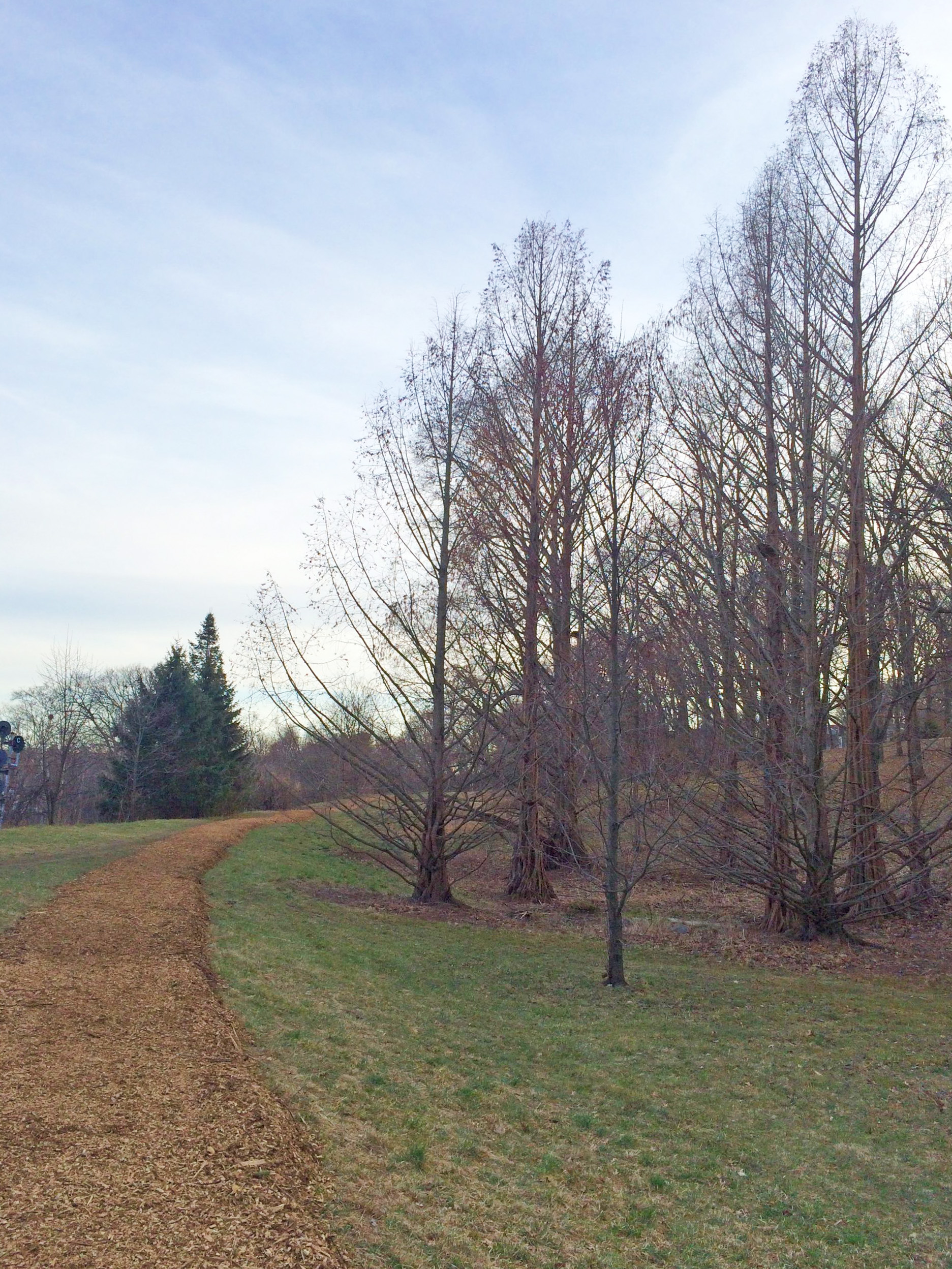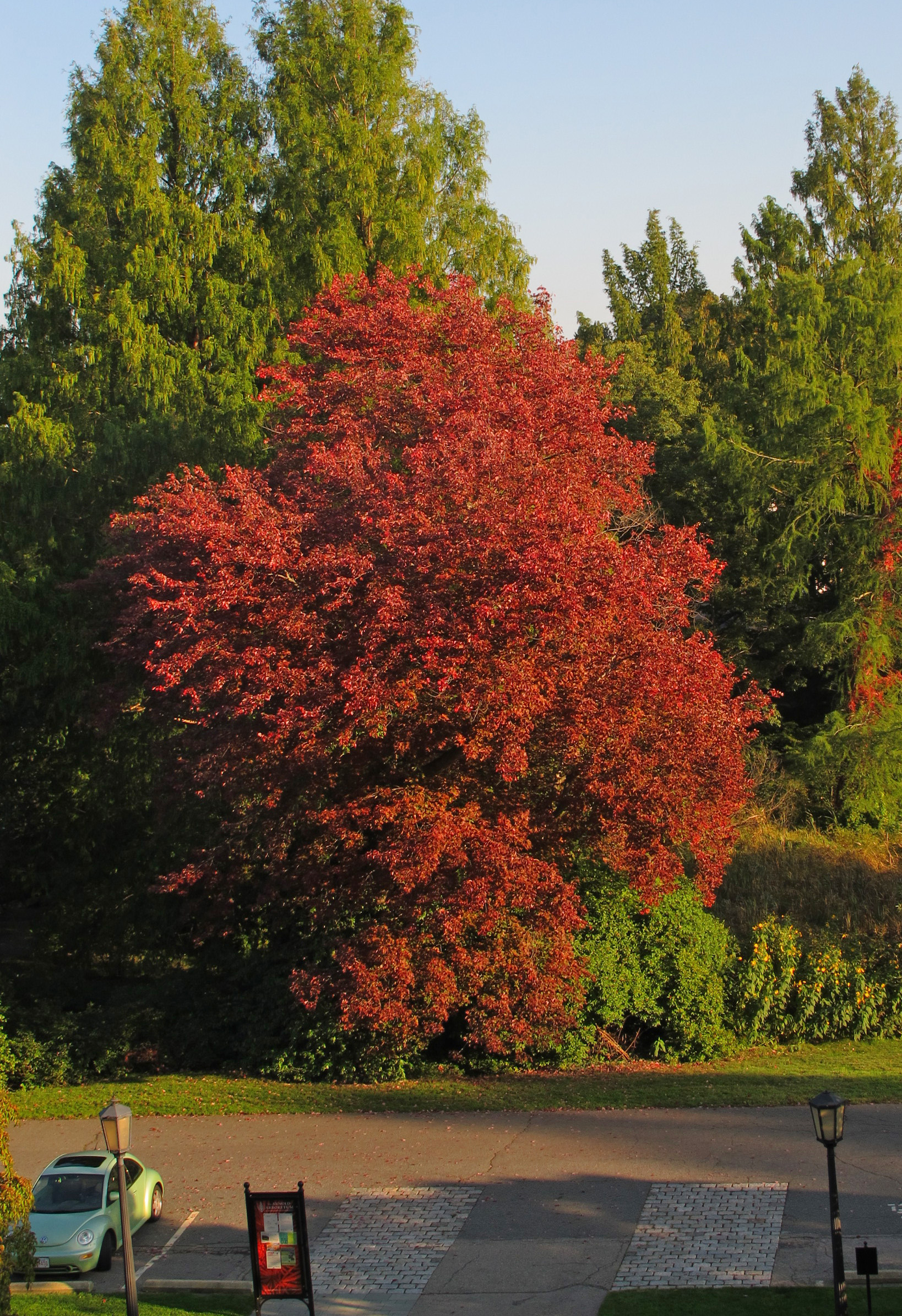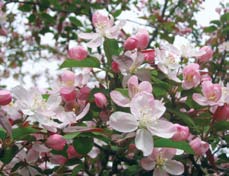
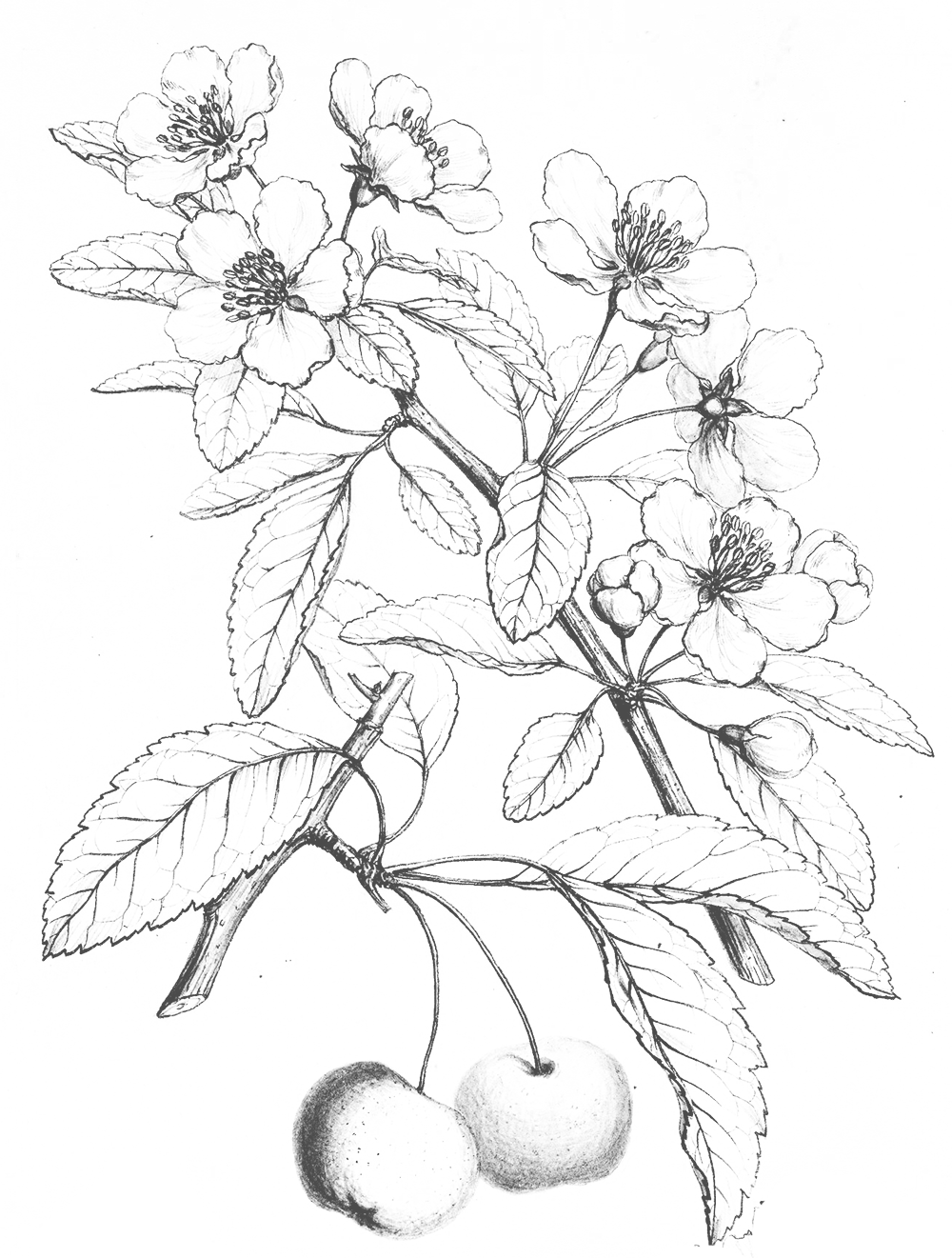
Crabapple Collection plants
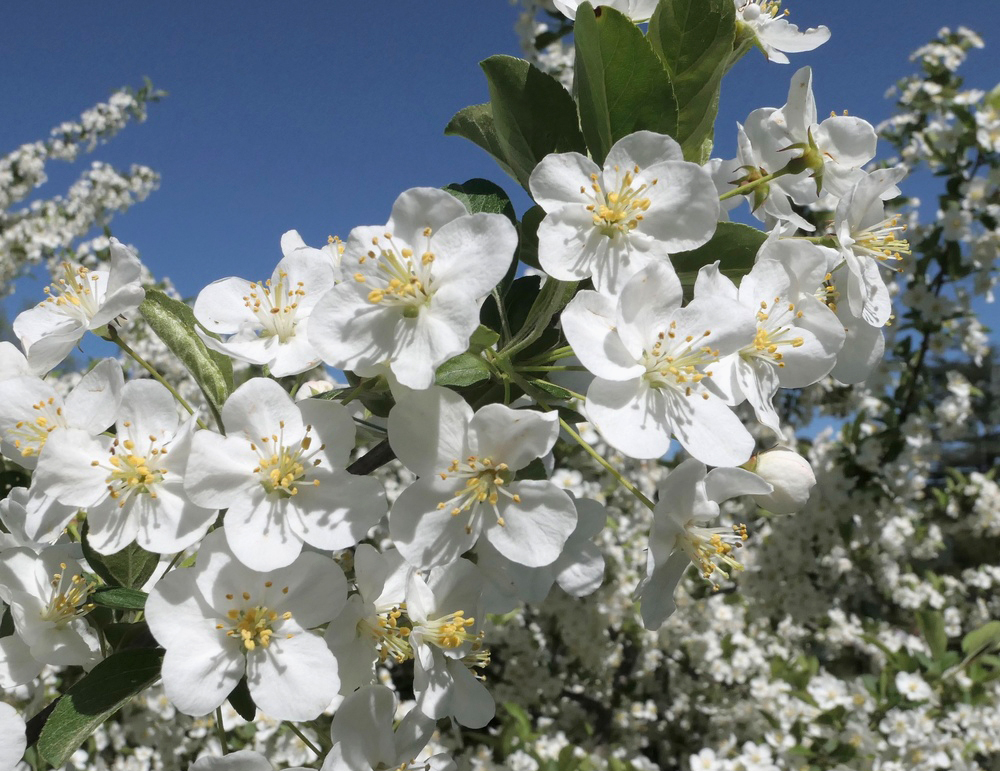
Background
Fun Facts
About
For more than a century, the Arboretum has played a pivotal role in the study, introduction, and promotion of the genus Malus, which includes the apples and crabapples. Today, 153 taxa (kinds) comprise our collections. These include 53 species, many of which were collected from their native ranges, primarily in Asia. The collection also holds 91 cultivars, which have been selected for certain horticultural merits such as flower size and color, fruit persistence, and disease resistance.
Resources:
- Find directions and accessibility information for this collection
- Read about the legacy of crabapples at the Arnold Arboretum.
- Read more about the Crabapple Collection in Arnoldia [pdf]

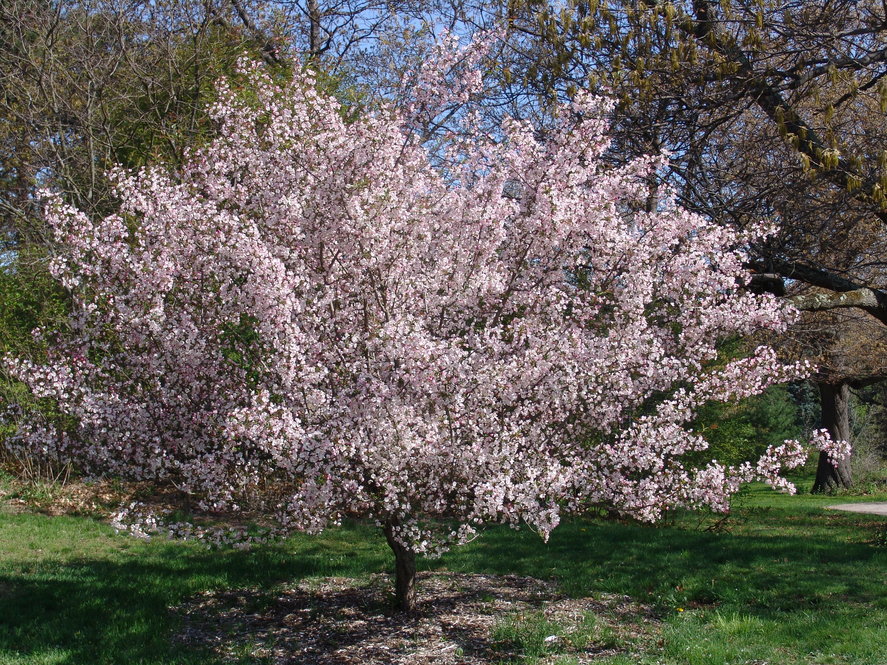
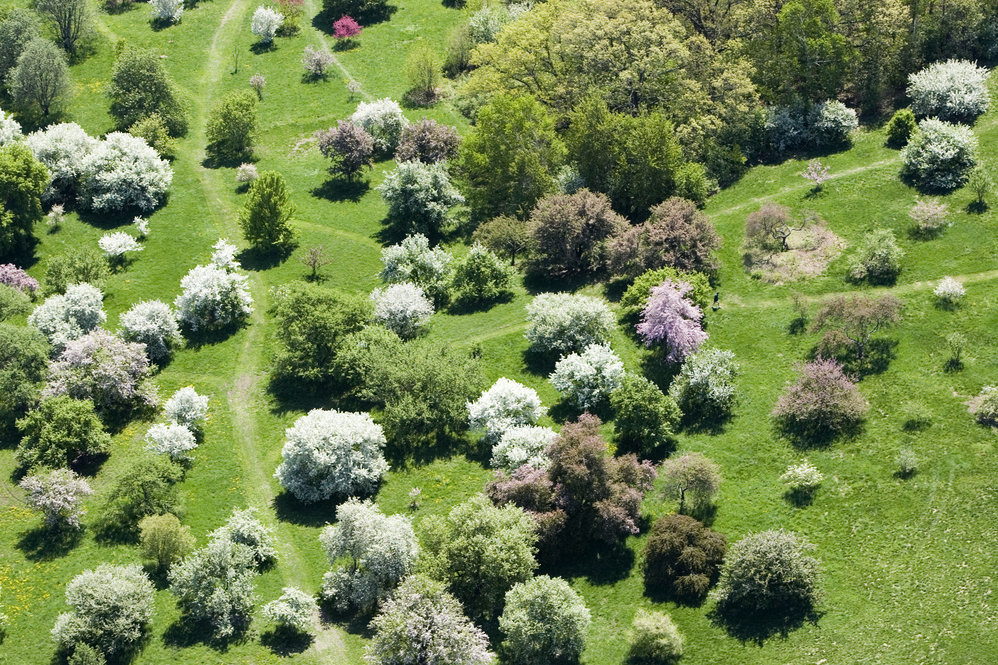
Plants in this Collection
| Plant ID | Accession Date | Received As | Origin | Source |
|---|---|---|---|---|
Featured Walk
Explorers Garden Tour
This quarter-mile tour through the Explorers Garden features stories from the Arboretum’s century and a half of collecting plants around the world. If you’re at the Arboretum, click here to take a version of this tour with Expeditions, our mobile web app.















